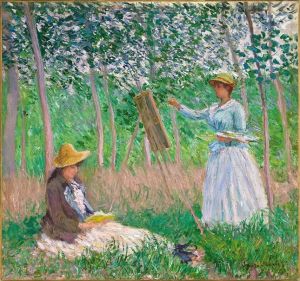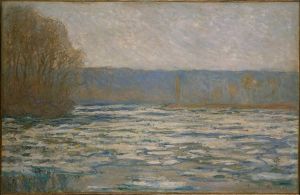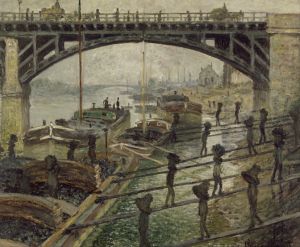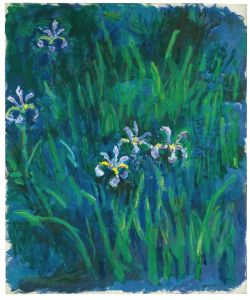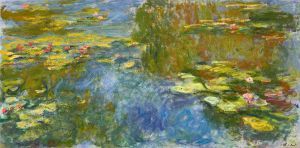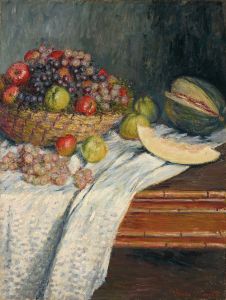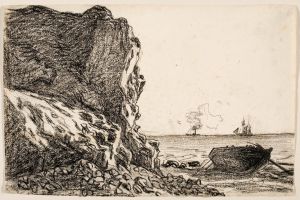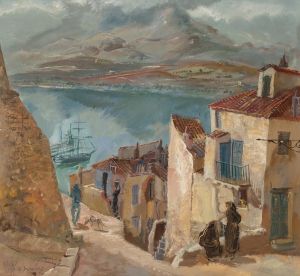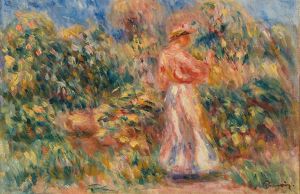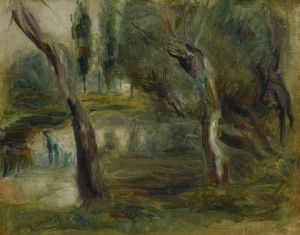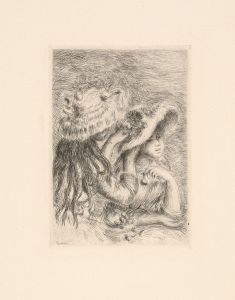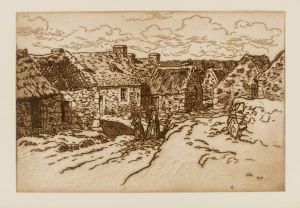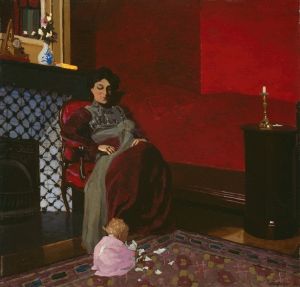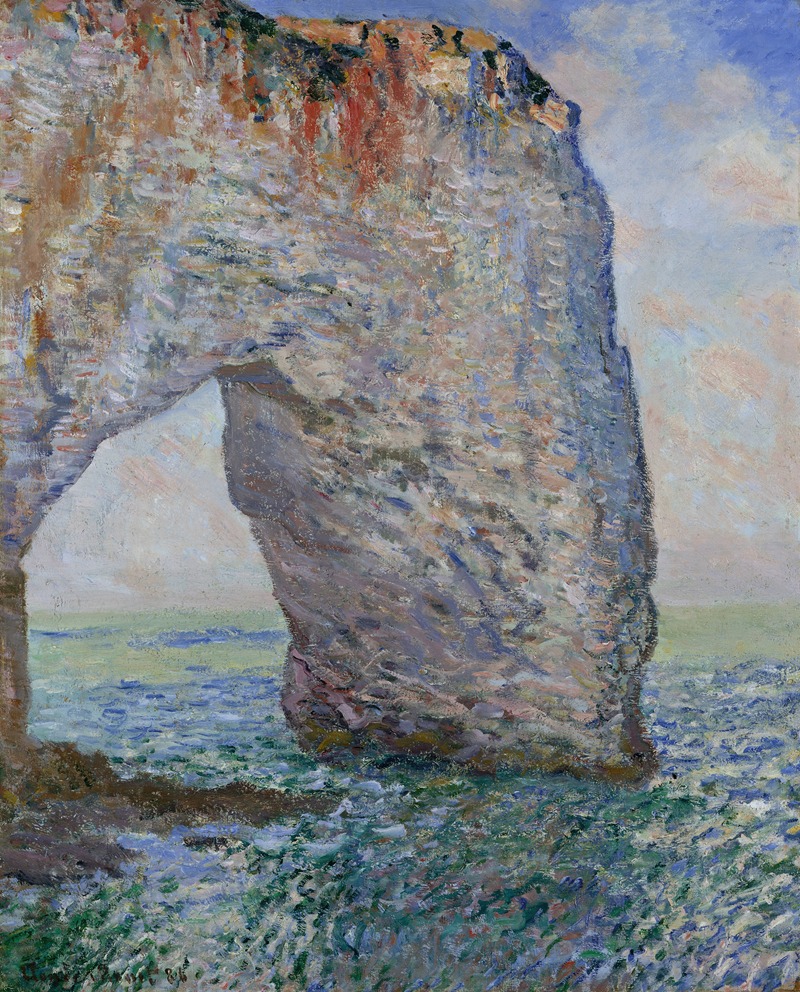
The Manneporte near Étretat
A hand-painted replica of Claude Monet’s masterpiece The Manneporte near Étretat, meticulously crafted by professional artists to capture the true essence of the original. Each piece is created with museum-quality canvas and rare mineral pigments, carefully painted by experienced artists with delicate brushstrokes and rich, layered colors to perfectly recreate the texture of the original artwork. Unlike machine-printed reproductions, this hand-painted version brings the painting to life, infused with the artist’s emotions and skill in every stroke. Whether for personal collection or home decoration, it instantly elevates the artistic atmosphere of any space.
The Manneporte near Étretat is an oil painting created by the French Impressionist artist Claude Monet in 1883. This artwork is part of a series of paintings Monet produced during his stay in Étretat, a small coastal town in Normandy, France. The painting depicts the Manneporte, a natural rock arch formation along the cliffs of Étretat, which was a popular subject for artists and tourists during the 19th century.
Monet was captivated by the dramatic landscapes of Étretat, particularly its chalk cliffs and rock formations, which include the Manneporte, the Porte d'Aval, and the Needle (L'Aiguille). These geological features provided Monet with an opportunity to explore the interplay of light, color, and texture, which were central to his Impressionist style. In this painting, Monet focuses on the Manneporte, capturing the massive arch as it rises above the sea, with waves crashing against its base.
The composition of the painting emphasizes the grandeur and natural beauty of the Manneporte. Monet uses loose, dynamic brushstrokes to convey the movement of the water and the texture of the rock. The color palette includes shades of blue, green, and ochre, which reflect the changing light and atmospheric conditions. The painting demonstrates Monet's ability to depict the fleeting effects of light and weather, a hallmark of his work.
Monet's visit to Étretat in 1883 marked a significant period in his career. He was already an established artist by this time, and his works from Étretat are considered some of his most accomplished landscapes. The Manneporte near Étretat is one of several paintings Monet created of the same subject, each capturing the scene under different lighting and weather conditions. This approach reflects Monet's interest in series painting, where he would study the same motif repeatedly to explore variations in light and atmosphere.
The painting is now housed in the Metropolitan Museum of Art in New York City. It is regarded as an important example of Monet's mastery of landscape painting and his ability to convey the beauty and power of nature. The Manneporte near Étretat continues to be celebrated for its artistic and historical significance, as well as its role in showcasing Monet's innovative approach to capturing the natural world.





